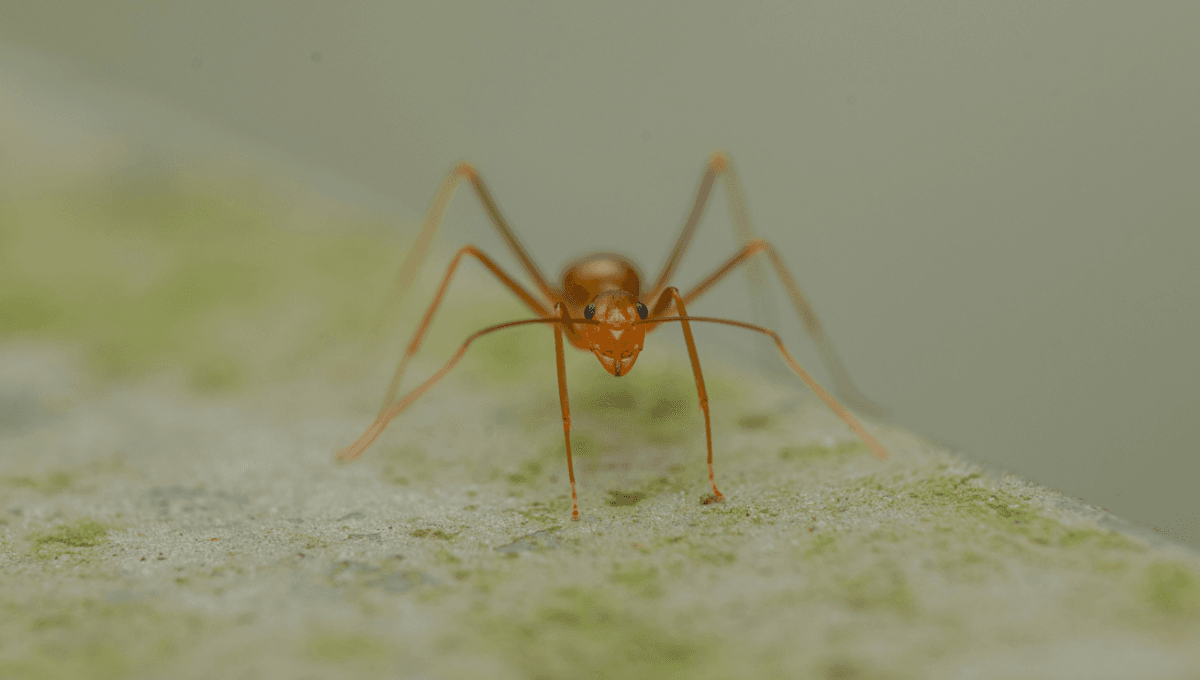
The yellow crazy ant is a skilled invader. Like many invasive species trying to colonize new lands, it adapted to create worker ants that could up their initially tiny numbers, but now new research has discovered that they use a means of reproduction that was previously unknown to science to do it.
Male yellow crazy ants (Anoplolepis gracilipes) are chimeras, meaning they are single organisms made up of two populations of cells that are genetically distinct from one another. Some chimeras can be made up of three or more distinct cell groups, but the male yellow crazy ant is built with two separate genetic lineages.
Chimeras have been observed in many species, including humans and cats, so their existence isn’t that baffling. What makes the discovery so incredible is the volume at which yellow crazy ants are churning out their 50/50 chimera worker males, because normally chimeras are the result of developmental accidents.
Until now, science didn’t think that regular production of chimeras through a single fertilization event was possible, but the yellow crazy ant’s gone and blown that theory. This kind of obligate chimerism is therefore a new-to-science discovery, and one that may go some way to explaining why yellow crazy ants are such a successful invasive species, as only one queen is needed to carry all the genetic information that’ll keep the colony going.
Researchers first came to suspect that something strange might be going on with male yellow crazy ants when they noticed that worker ants were always heterozygous at some genetic marker loci. Haplodiploidy is a sex determination system shared by many insect species that sees the males develop from unfertilized eggs, meaning all of their cell types are the same. While yellow crazy ant males are haploid, they had heterozygosity that you wouldn’t expect to see in such organisms – which got the researchers scratching their heads.
They now know that this peculiar genetic makeup is the result of two genetic lineages named “R” and “W”. Queens hail from R and carry two copies of the same chromosome. If their eggs are fertilized by a fellow R, it makes another queen.
If the queen’s egg is fertilized by a W, one of two things can unfold. In one outcome, the gamete cells’ nuclei fuse, creating a diploid offspring with a lot of heterozygosity. In the other, they fail to fuse, creating a haploid chimeric male, and this is how they cook up so many chimeras that are typically very rare within a population.
Just when you think the yellow crazy ant can’t get any crazier.
The study is published in the journal Science.
Source Link: Yellow Crazy Ant Chimeras Are Born Through Bizarre Reproduction Never Seen Before